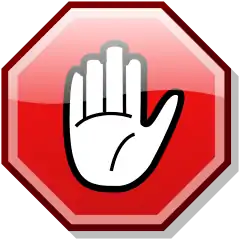5e SRD:Damage Resistance and Vulnerability
Damage Resistance and Vulnerability
Some creatures and objects are exceedingly difficult or unusually easy to hurt with certain types of damage.
If a creature or an object has resistance to a damage type, damage of that type is halved against it. If a creature or an object has vulnerability to a damage type, damage of that type is doubled against it.
Resistance and then vulnerability are applied after all other modifiers to damage. For example, a creature has resistance to bludgeoning damage and is hit by an attack that deals 25 bludgeoning damage. The creature is also within a magical aura that reduces all damage by 5. The 25 damage is first reduced by 5 and then halved, so the creature takes 10 damage.
Multiple instances of resistance or vulnerability that affect the same damage type count as only one instance. For example, if a creature has resistance to fire damage as well as resistance to all nonmagical damage, the damage of a nonmagical fire is reduced by half against the creature, not reduced by three-quarters.
Back to Main Page → 5e System Reference Document → Combat

